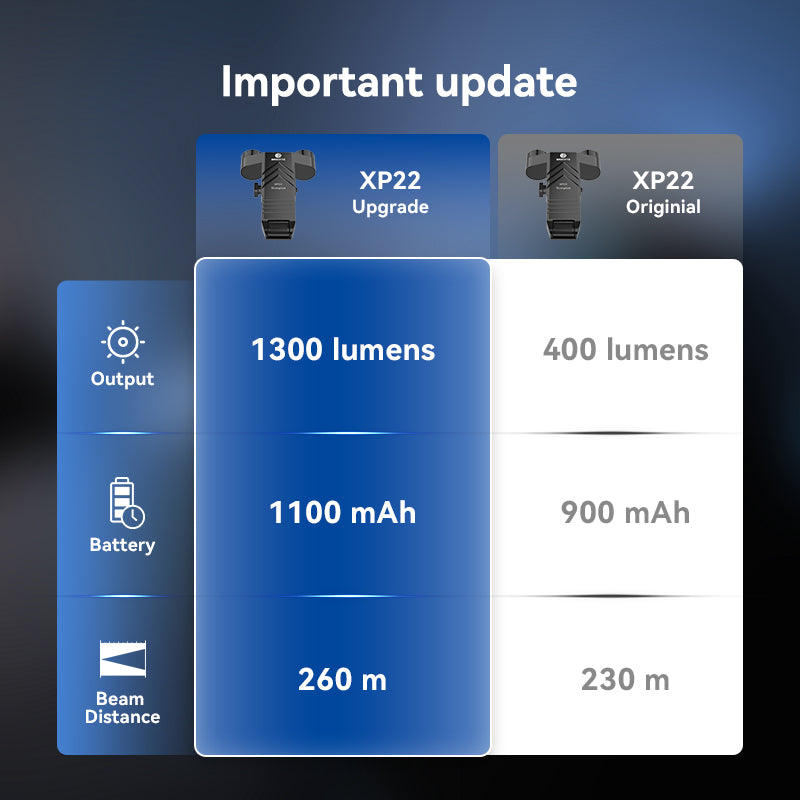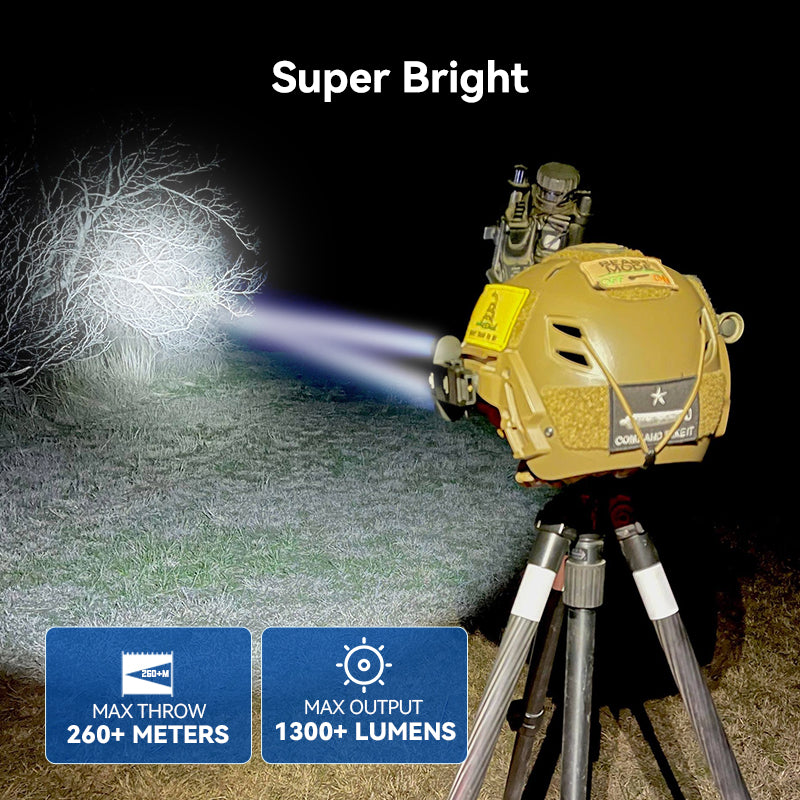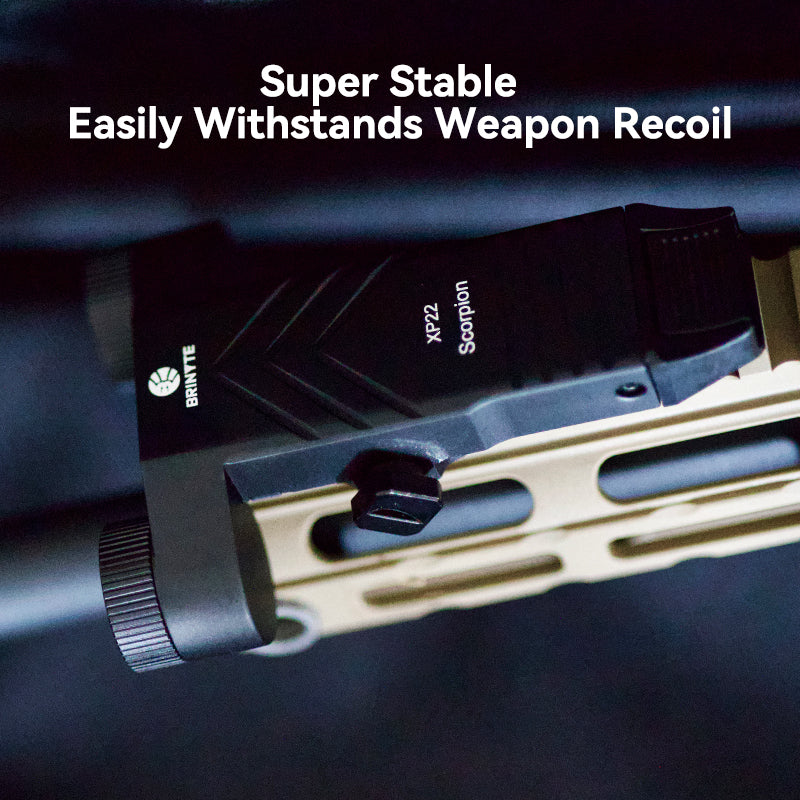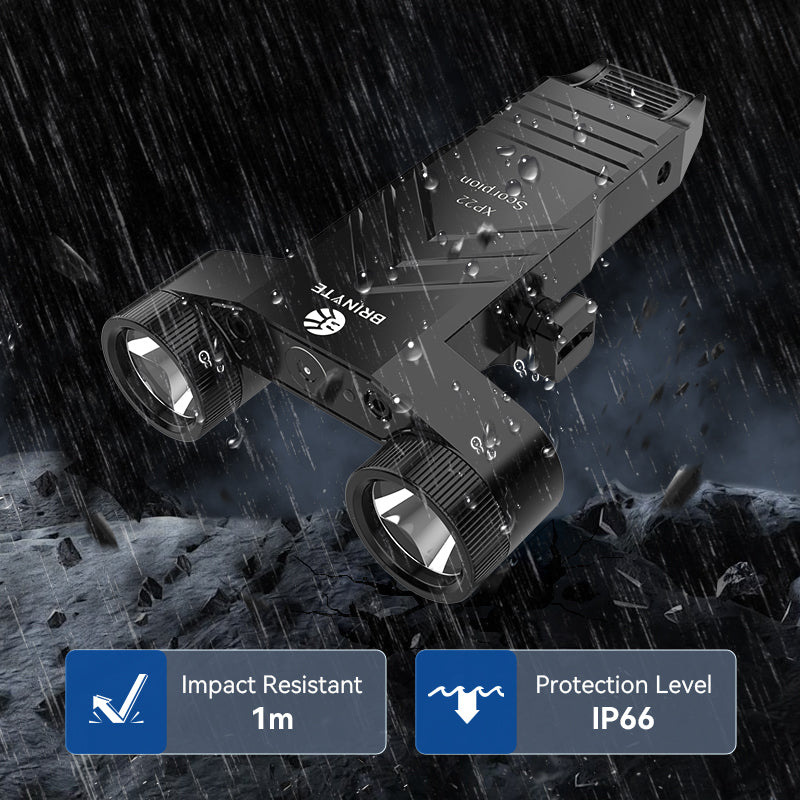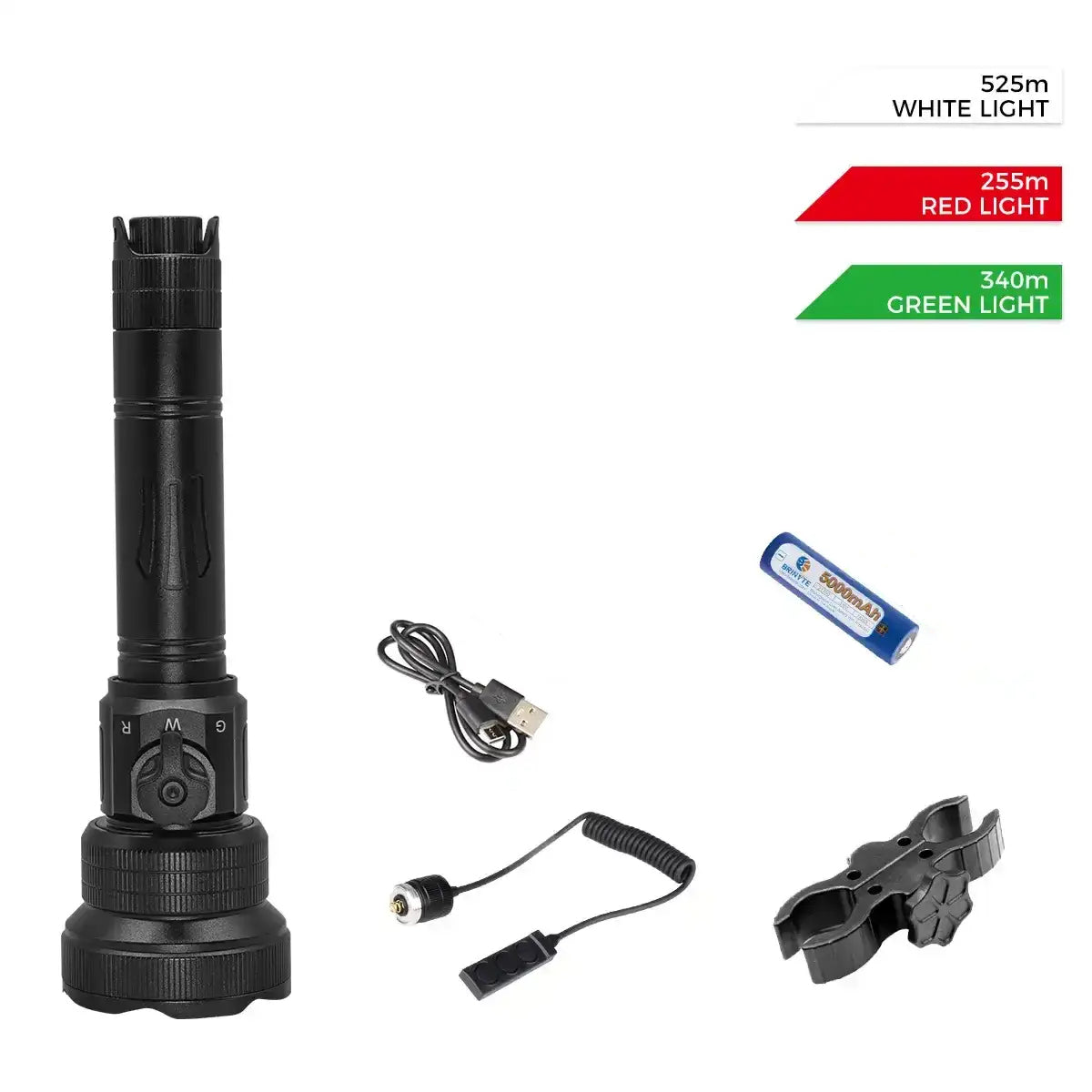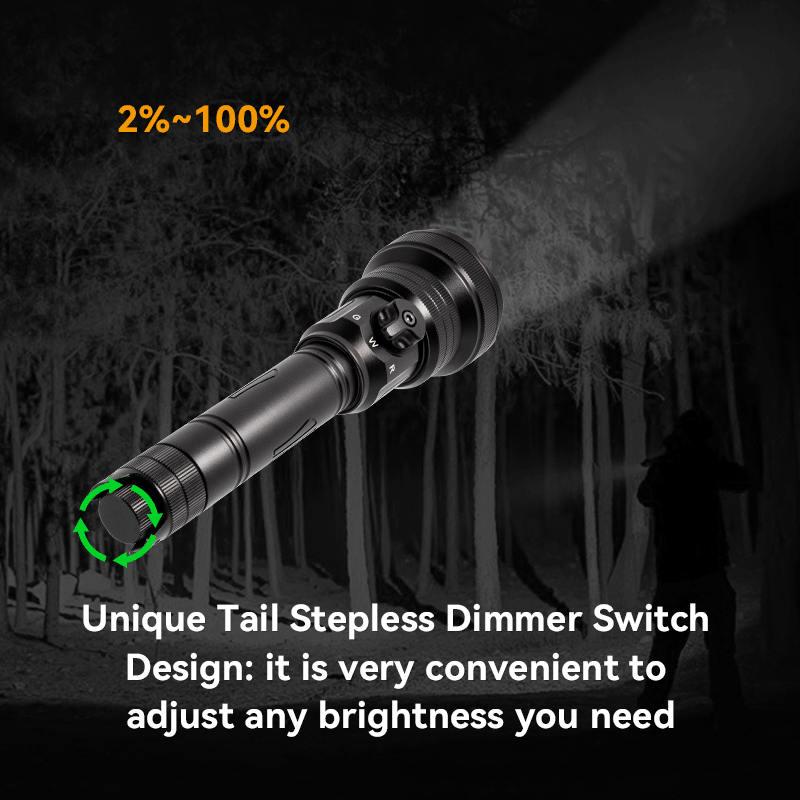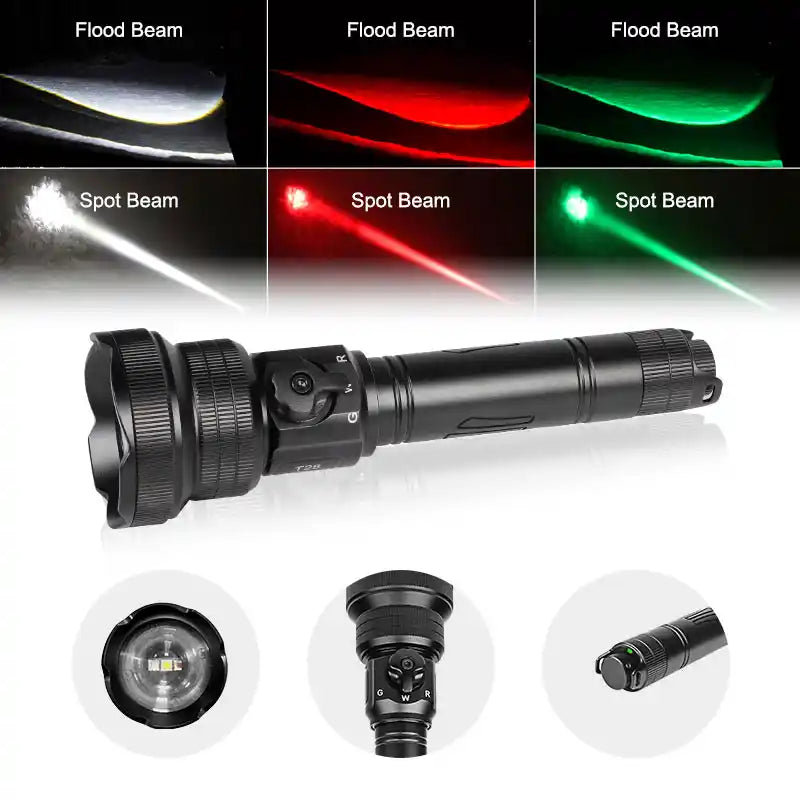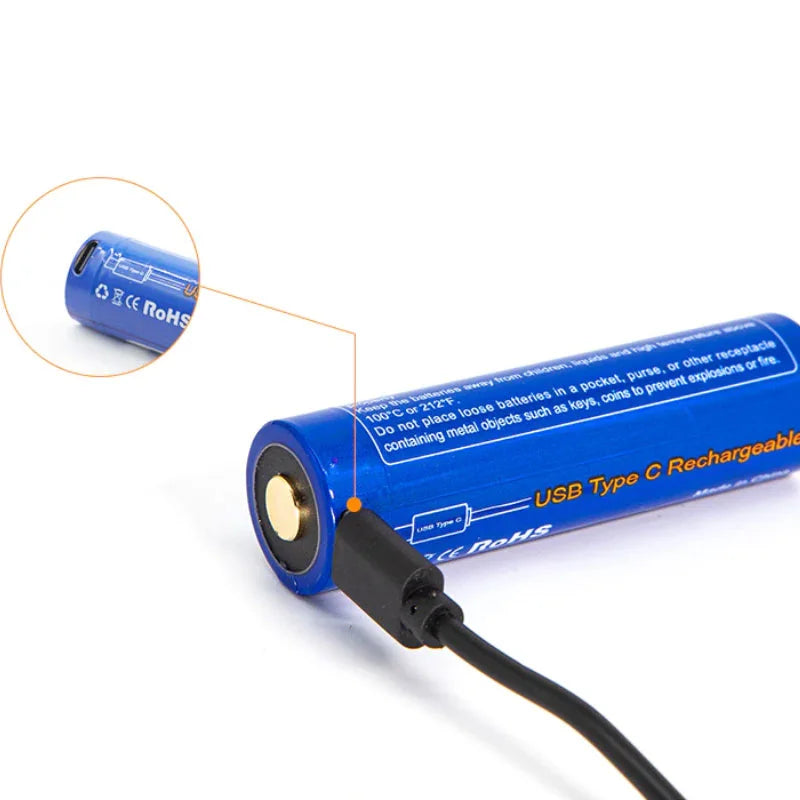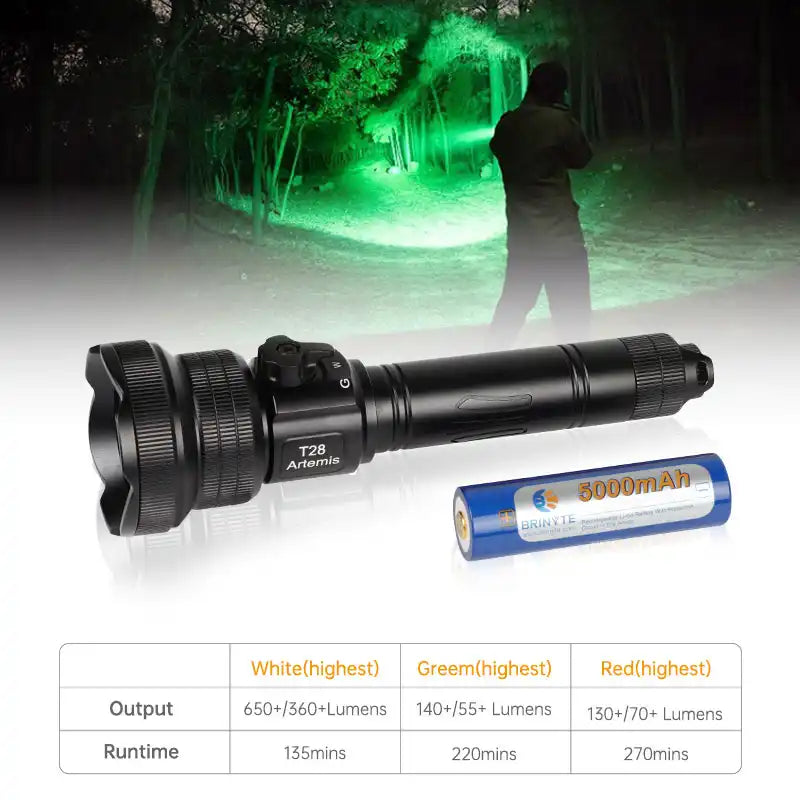How to effectively find and track prey during night hunting is a challenge. Traditional white flashlights can spook animals and make it difficult for hunters to get close to their targets. In recent years, the use of light sources of specific colors - especially green light sources - has become increasingly popular for night hunting. The characteristics of the green light wavelength and its impact on animal and human vision make it one of the preferred light sources for night hunting. This article will explore the use of green light in night hunting and its scientific basis, and analyze its impact on prey and hunters.
The scientific principles of green light
The wavelength of green light is approximately between 495-570 nanometers. This light has strong penetrating power in the dark and causes less interference to animals. Most wild animals have a weak perception of green light because the distribution of photoreceptor cells in their eyes is different from humans. The retina of animals is mainly composed of rod cells, which are more sensitive to low-light environments, but have poor color recognition capabilities, especially in the short-wavelength band of colored light. Therefore, using a green light source allows you to hunt closer to your prey without disturbing the animal significantly.
The effect of green light on prey
Using green light illumination during night hunting makes it difficult for prey to detect the approach of a hunter due to its relatively low visual interference. For example, herbivores such as deer have little to no response to green light. This feature allows hunters to get closer to their targets without spooking the animals. However, this also requires hunters to master proper light usage skills to avoid direct light shining into the eyes of animals, thus increasing the chance of successful hunting.
The effect of green light on hunters
For hunters, green light helps maintain night vision, in addition to helping them stay better concealed in nighttime environments. The human eye's pupils dilate less when exposed to low-intensity green light, which helps maintain visual sensitivity in dim environments. In addition, green light is less irritating to the human eye and can reduce visual fatigue, allowing hunters to maintain better visual status during long-term hunting activities.
Selection and use of green light hunting lights
Choosing the right green light fixture is equally important for night hunting. There are a variety of green light fixtures on the market, and hunters should choose the appropriate fixture based on the hunting environment, prey type and personal habits. Generally speaking, flashlights or headlamps are more common choices because they are easy to carry and operate. When using green light fixtures, you should pay attention to the coverage and light intensity of the light source to avoid the light spot being too strong or too weak, which will affect the hunting effect.
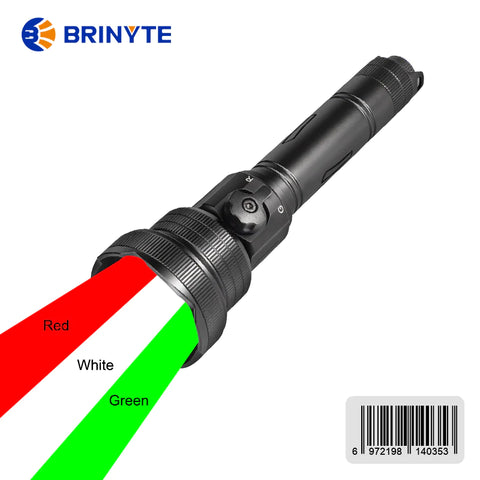
The use of green light in night hunting is a scientific and effective method. It can not only reduce interference to prey and increase the success rate of hunting, but also help hunters maintain better night vision and reduce visual fatigue. However, hunters should also consider the ethical and ecological impacts of hunting when using green lights, and try to do so without damaging the natural environment and animal habits. The correct and reasonable use of green light can make night hunting a more efficient and humane activity.



